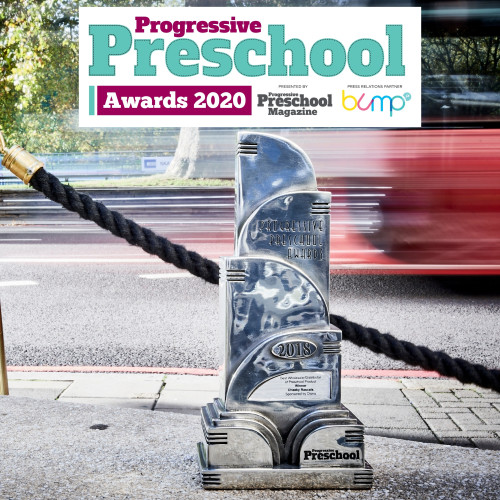Joshua Brocklehurst, researcher at KI, shares some key steps to ensure that research sessions are as positive as possible, for all involved.
Research with children and families is an integral part of creating positive and rewarding products and experiences. Importantly, it brings us (and brands) closer to the families we strive to understand and connect with and lets their voice be heard, on their terms.
I’d be hard pressed to think of a research experience that hasn’t been in some way rewarding, inspiring or enlightening (or all three!) – nothing more so than research with young children, particularly preschoolers.
However, very rarely a research session with children under the age of five is ‘perfect’ – far from it in fact – but the insights they offer are always so valuable. The key to success is often about preparation and so I wanted to share some steps to take to ensure research sessions are as positive of an experience as possible, for all involved.
1. Firstly, set-up the environment correctly. The environment of a research session – particularly if new to the child – is often about balance. Too many distractions, and the focus can be easily taken away from you and any stimulus. Too sterile or corporate, and it can feel dystopian or more like an interrogation. Office spaces work, but it needs to feel more like a chat and play around a kitchen table, or an activity in a classroom, than an interview in a traditional sense.
In-home sessions are often great, as you as a researcher get to see and experience the context of a family’s everyday life. The environment is also familiar and comfortable to children. Equally however, there are a lot of in-home variables that can’t be controlled – such as noisy brothers or that shiny new birthday present they’re itching to play with. Parents are an ally here and they are often very open to light set-up requests and the management of distractions to help everything go as smoothly as possible. Which leads us to my next point…
2. Remember that parents, friends and other family are important, too. As a researcher speaking to young children, parents are your ally for many reasons: they can act as interpreters, they provide unprompted behaviour management and they know more about their child than anyone else on the planet.
Parents are often engaged in a research session just as much as children. As a child will likely drift in and out of tasks, conversations and play, the parent acts as an anchor to the researcher and the world of the child. As carers and decision makers they offer perspectives important to any research project.
When aiming to connect with multiple children at a time, family and friend sessions are often the way to go. Again, the situation is a lot more comfortable and natural, and particularly in play-based situations, playing alongside a friend is commonplace and tends to open up more play opportunities. Never undervalue smaller, friendship-oriented groups.
3. Make sure you’re taking a developmentally appropriate approach. Perhaps most important is designing a research experience that’s developmentally appropriate and considers the needs of the children we are speaking to. For preschoolers, this means play, variety without overloading them, positive feedback and breaks.
Children are only capable of so much and we need to work to their boundaries – whatever that might be for each age across the preschool spectrum. Not only that, but for each individual child. Some preschoolers are much more verbal, some more physically active, some more creative – and no two the same.
Getting down to their level and meeting them on their terms is paramount. Providing children with a fun and positive social research experience is so important to what we do.
4. Always keep play at the core. Across our research we focus on experiences that are active, creative and very often fun. Therefore, whether you are an adult, a child, a teen or somewhere in between – ‘play’ is always present.
For preschoolers in particular, observations of how they play and how they interact with stimuli is a large part of how we make sense of what works and what doesn’t for this age group.
Play experiences also don’t need to be confined to the research setting. Sending children home with toys or activities and asking parents for feedback on their behaviour can often be more revealing than 30 minutes of in-person research – in which the child may have simply had enough for the day.
A final thought – research with young children can often be daunting to brands and services who are used to adult research, but a significant part of overcoming this is the management of expectations. By being aware of the insight children are able to offer on their terms, you’ll realise that even the smallest of changes that a child can influence can make the biggest of differences. Something well worth looking into.























